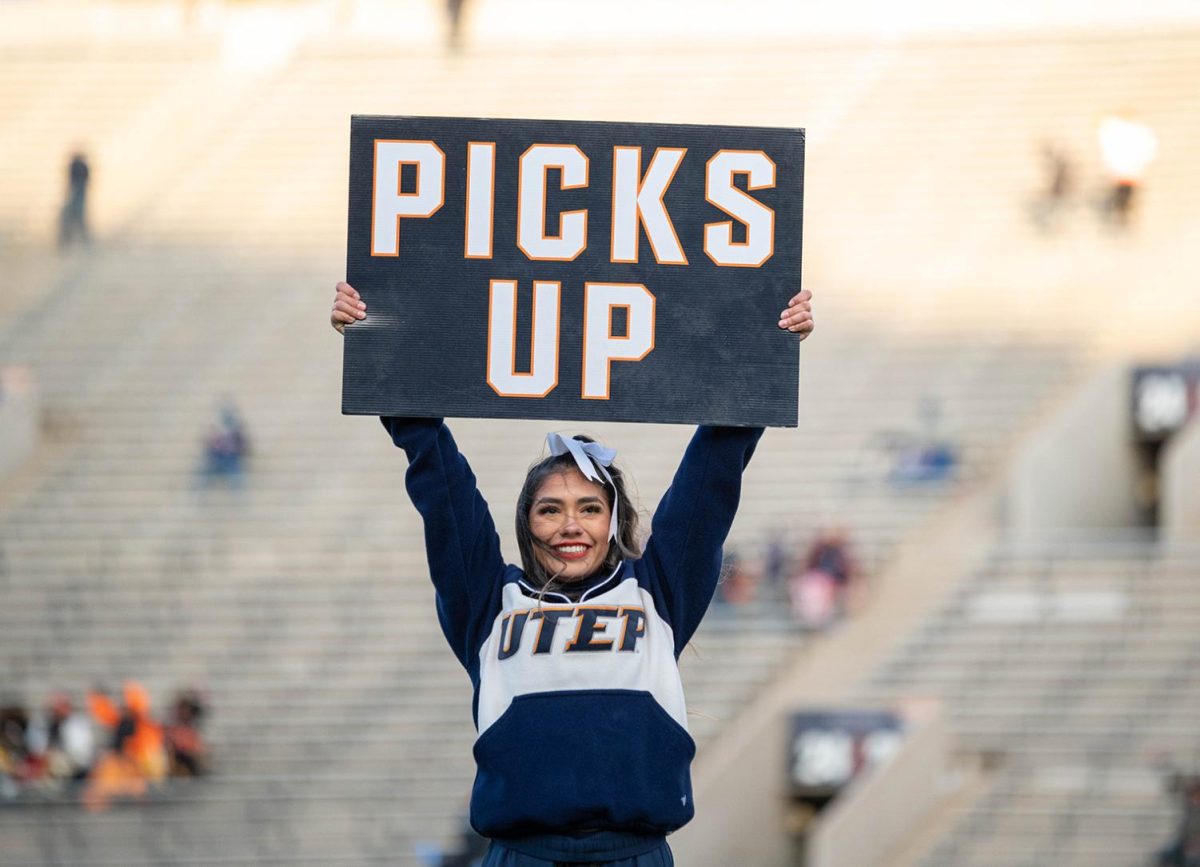This offseason was catastrophic for UTEP men’s basketball team. Nine players left UTEP after transferring out thanks to a rule change in college sports. What changes will this rule instill for college sports?
In October of 2018, the National Collegiate Athletic Association (NCAA) voted on a measure that would create the transfer portal. Originally intended to allow student-athletes to find opportunities at another institution by streamlining the transfer process. It also prevented most student-athletes from participating in their respective sport as soon as they transfer.
“Student-athletes who transfer to a different school take longer to graduate,” said the NCAA in a 2019 press release. “(They) are less likely to earn a degree than student-athletes who remain at one school. A year in residence to acclimate to their new school may help offset this dynamic.”
This mentality has since been canned after the NCAA lifted this requirement when, in April of 2021, the NCAA implemented the “one-time transfer rule.” This measure allows student-athletes to play upon arrival at their new school without first acclimating. Some have dubbed the drastic move as nothing more than an unlimited free agency, including University of Mississippi head football coach Lane Kiffin.
“I don’t think people really say it this way, but let’s not make a mistake: We have free agency in college football,” said Kiffin to the Clarion Ledger.
The focus in the mainstream at the moment is how the new transfer portal rules affect football, but the fact of the matter is the “one-time transfer rule” has dramatically affected basketball more than football.
According to The Atlantic, nearly 1,400 Division I basketball student-athletes have entered the portal. That is up by almost 250 percent since 2012 before the transfer portal.
The “one-time transfer rule” has taken its toll here at UTEP as well, most notably with the men’s basketball team. Only three student-athletes are returning this season after several players transferred out of UTEP and landed at programs like Xavier, Vanderbilt and Northwestern.
UTEP women’s basketball head coach Kevin Baker has also seen some struggles this offseason. Most notably is the loss of former UTEP guard Katia Gallegos. Gallegos, Franklin High School graduate, entered the transfer portal last season and ended up at Tulsa University. This places coaches in difficult positions moving into a new season with a team who has not had time to build chemistry.
“With the advent of the NCAA transfer portal, everybody’s got a lot of new faces. The challenge is, how do you mold those new faces into a chemistry latent team?” Baker said. “I’d love to be President of the NCAA so that I could get rid of the transfer portal.”
No one wants to take away a student-athlete’s right to transfer, but the problem stems from the fact that student-athletes can leave at any point in the season. Take the National Football League’s (NFL) trade deadline. The deadline cuts off midseason trades between teams, cementing a roster into the home stretch of the season. The NCAA does not have a deadline like the NFL, leaving coaches unsure if their student-athletes will be with the team during critical points in a season.
A common trend between all these transfers is the fact that players are moving to bigger, more popular schools. Smaller programs, like UTEP, find themselves struggling to fill a roster with talent. The portal benefits larger schools like Alabama and Georgia, giving them insurmountable talent at a moment’s notice. Small programs cannot compete and are found scraping by, including UTEP. I do not want to see student-athletes use our program as a simple steppingstone.
Emmanuel Rivas Valenzuela is the sports editor and may be reached at [email protected]: @rivasemmanuel2 on Instagram
















